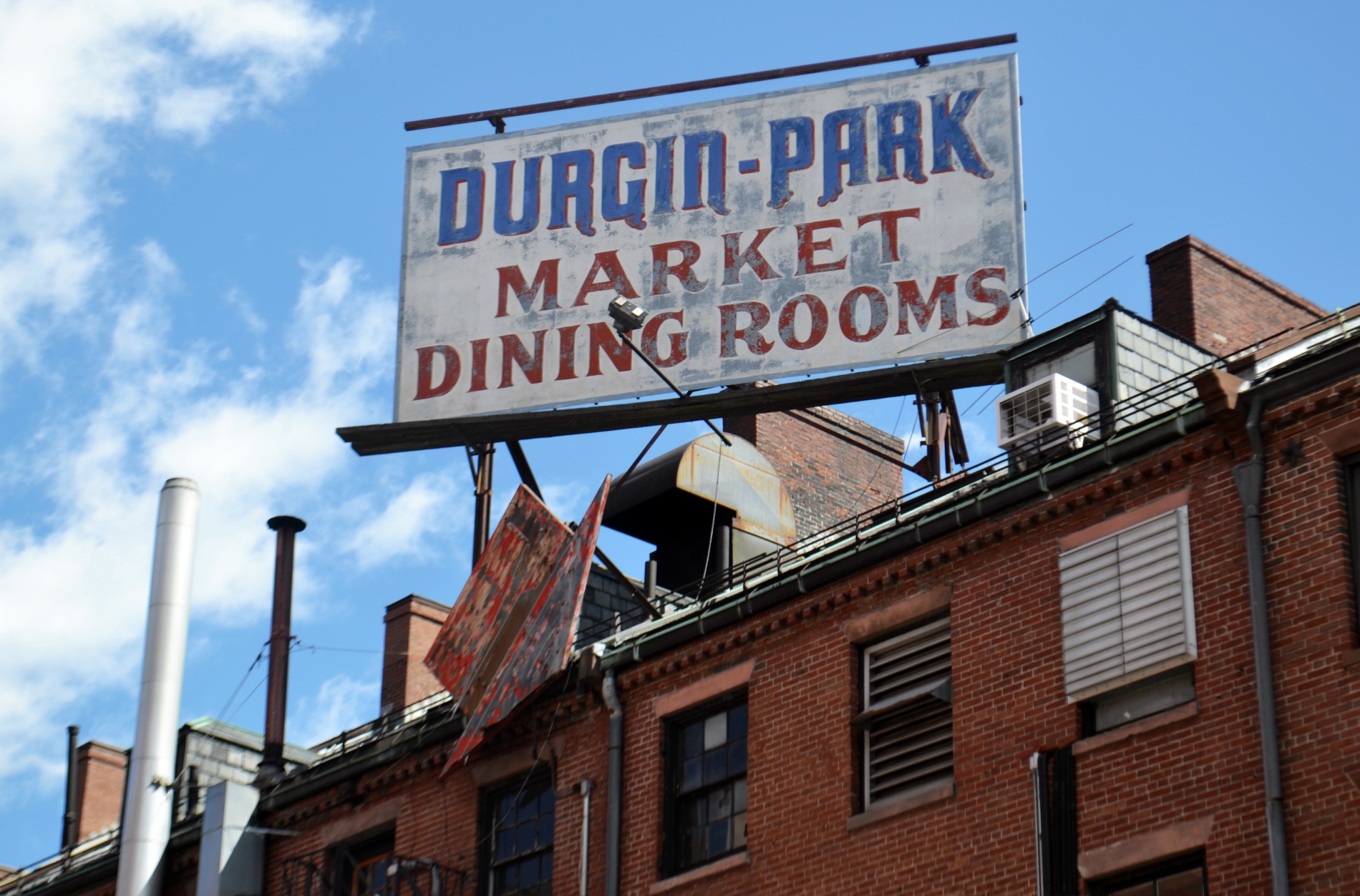New England
7 Lost & Gone (But Not Forgotten) New England Restaurants
From their giant steaks to their tasty muffins, these now-closed New England restaurants live on in our memories (especially when our stomachs grumble).

Coffee By Design | Portland, Maine
Photo Credit : Katherine KeenanYou look like someone who appreciates a good story
- Unlimited access on the web
- Watch episodes online
Already a subscriber? Sign in







